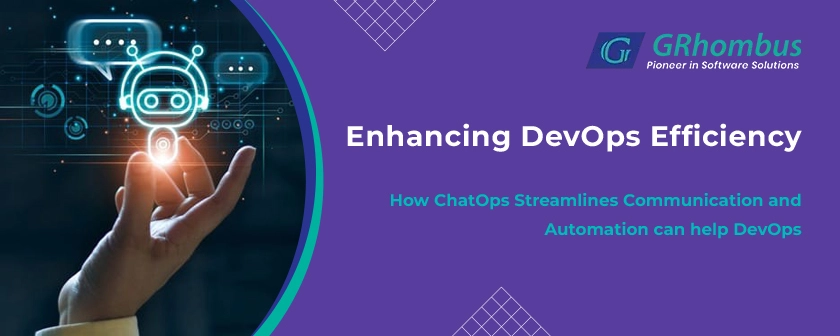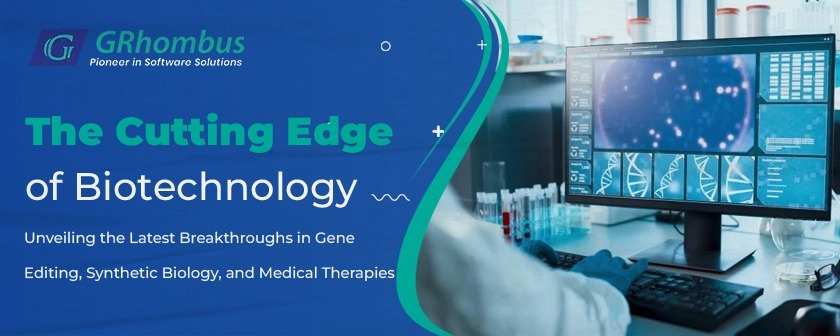In the rapidly evolving world of technology, organizations are constantly seeking ways to enhance their operational efficiency and streamline their processes. Two significant methodologies that have gained prominence are DevOps and ChatOps. While DevOps focuses on integrating development and operations to enhance productivity and software delivery, ChatOps introduces a new paradigm by integrating communication tools into the workflow. This blog explores how ChatOps can elevate DevOps practices, focusing on its operational benefits, integration, and the overall impact on collaboration.
Understanding DevOps
DevOps is a set of practices designed to improve the collaboration between software development (Dev) and IT operations (Ops). By fostering a culture of shared responsibility, continuous integration, and continuous delivery (CI/CD), DevOps aims to accelerate the development lifecycle, enhance software quality, and increase deployment frequency.
How Does DevOps Work?
- Collaboration and Communication: DevOps breaks down traditional silos between development and operations teams, promoting open communication and joint responsibility for the entire software lifecycle.
- Automation: Central to DevOps is the automation of repetitive tasks such as code integration, testing, and deployment. Automation tools streamline these processes, reducing manual errors and speeding up delivery.
- Continuous Integration and Continuous Delivery (CI/CD): CI/CD pipelines ensure that code changes are automatically tested and deployed, allowing for faster releases and more reliable software.
- Monitoring and Feedback: DevOps incorporates continuous monitoring and feedback loops to detect and address issues in real-time, ensuring system stability and performance.
Introducing ChatOps
ChatOps is a collaboration model that integrates chat tools with operational workflows. By bringing chat-based interactions into the operational processes, ChatOps enables teams to perform tasks, manage incidents, and automate workflows directly from their chat interfaces.
How Does ChatOps Work?
- Integration with Chat Platforms: ChatOps integrates with popular chat platforms like Slack, Microsoft Teams, and Discord. These platforms act as a central hub for all operational communications and actions.
- Bot Automation: Bots and chat commands automate routine tasks such as deploying code, monitoring system health, and managing incidents. Commands entered in the chat interface trigger automated processes, reducing manual effort.
- Real-Time Collaboration: ChatOps facilitates real-time communication among team members, allowing for quick decision-making and problem-solving. Notifications and updates are instantly shared within the chat environment.
- Documentation and Transparency: All actions and discussions within the chat platform are logged, providing a transparent history of operations and decisions. This documentation is invaluable for auditing and future reference.
Benefits of ChatOps and DevOps
The combination of ChatOps and DevOps can significantly enhance an organization’s operational efficiency and effectiveness. Here’s how:
1. Enhanced Communication and Collaboration
- Real-Time Interaction: ChatOps promotes real-time communication, allowing team members to collaborate instantly on tasks and incidents. This immediate interaction fosters quicker decision-making and problem resolution.
- Unified Workspace: By integrating communication tools with operational processes, ChatOps creates a single workspace where all discussions, commands, and updates occur. This centralization minimizes context switching and streamlines workflows.
2. Increased Automation
- Efficient Task Management: Automating routine tasks through ChatOps reduces manual intervention, decreasing the likelihood of errors and freeing up time for more strategic activities.
- Seamless Integration: ChatOps integrates with various automation tools and scripts, allowing teams to execute complex workflows directly from their chat interfaces.
3. Improved Visibility and Accountability
- Transparent Operations: The chat history provides a detailed log of all actions and decisions, enhancing transparency and accountability within the team.
- Easy Auditing: The documentation of all interactions and commands facilitates auditing and analysis, making it easier to track performance and identify areas for improvement.
4. Faster Incident Response
- Immediate Notifications: ChatOps provides real-time alerts and notifications, enabling teams to respond quickly to incidents and reduce downtime.
- Collaborative Resolution: Teams can work together in the chat environment to resolve issues, share insights, and deploy fixes rapidly.
How ChatOps Fits into the DevOps Process
Integrating ChatOps into the DevOps process enhances the efficiency of both methodologies. Here’s how ChatOps complements DevOps practices:
1. Streamlined Communication
Centralized Collaboration: ChatOps provides a unified communication platform where development and operations teams can collaborate seamlessly. This centralized approach aligns with DevOps’s goal of improving inter-team communication.
2. Enhanced Automation
Automated Workflows: By integrating chat commands with automation tools, ChatOps enables teams to execute tasks and deploy code without leaving the chat environment. This integration accelerates DevOps processes and reduces manual effort.
3. Improved Monitoring and Feedback
Real-Time Updates: ChatOps facilitates real-time monitoring by sending notifications and updates directly to the chat platform. This immediate feedback allows teams to address issues promptly and maintain system performance.
4. Efficient Incident Management
Collaborative Incident Response: ChatOps enhances incident management by allowing teams to collaborate in real-time within the chat environment. This collaborative approach aligns with DevOps’s emphasis on shared responsibility for system stability.
Improved Collaboration
One of the most significant advantages of integrating ChatOps with DevOps is the improvement in collaboration:
- Enhanced Team Dynamics: ChatOps fosters a collaborative culture by bringing together development and operations teams in a single communication platform. This collaborative environment promotes knowledge sharing, collective problem-solving, and a shared understanding of goals.
- Immediate Feedback and Iteration: Teams can quickly provide feedback and iterate on solutions within the chat environment, accelerating the development cycle and enhancing overall efficiency.
- Reduced Communication Barriers: By integrating operational tasks with chat tools, ChatOps eliminates communication barriers and streamlines the flow of information. This seamless communication enhances team alignment and accelerates decision-making.
Conclusion
Incorporating ChatOps into the DevOps process offers significant benefits, including enhanced communication, increased automation, improved visibility, and faster incident response. By leveraging the real-time, collaborative nature of chat platforms, organizations can streamline their DevOps workflows, foster better collaboration, and drive operational efficiency. As the tech landscape continues to evolve, the integration of ChatOps and DevOps will play a crucial role in helping organizations stay agile, responsive, and competitive.
By adopting ChatOps within a DevOps framework, organizations can create a more cohesive and efficient operational environment, ultimately leading to faster software delivery, higher quality products, and improved overall performance.



